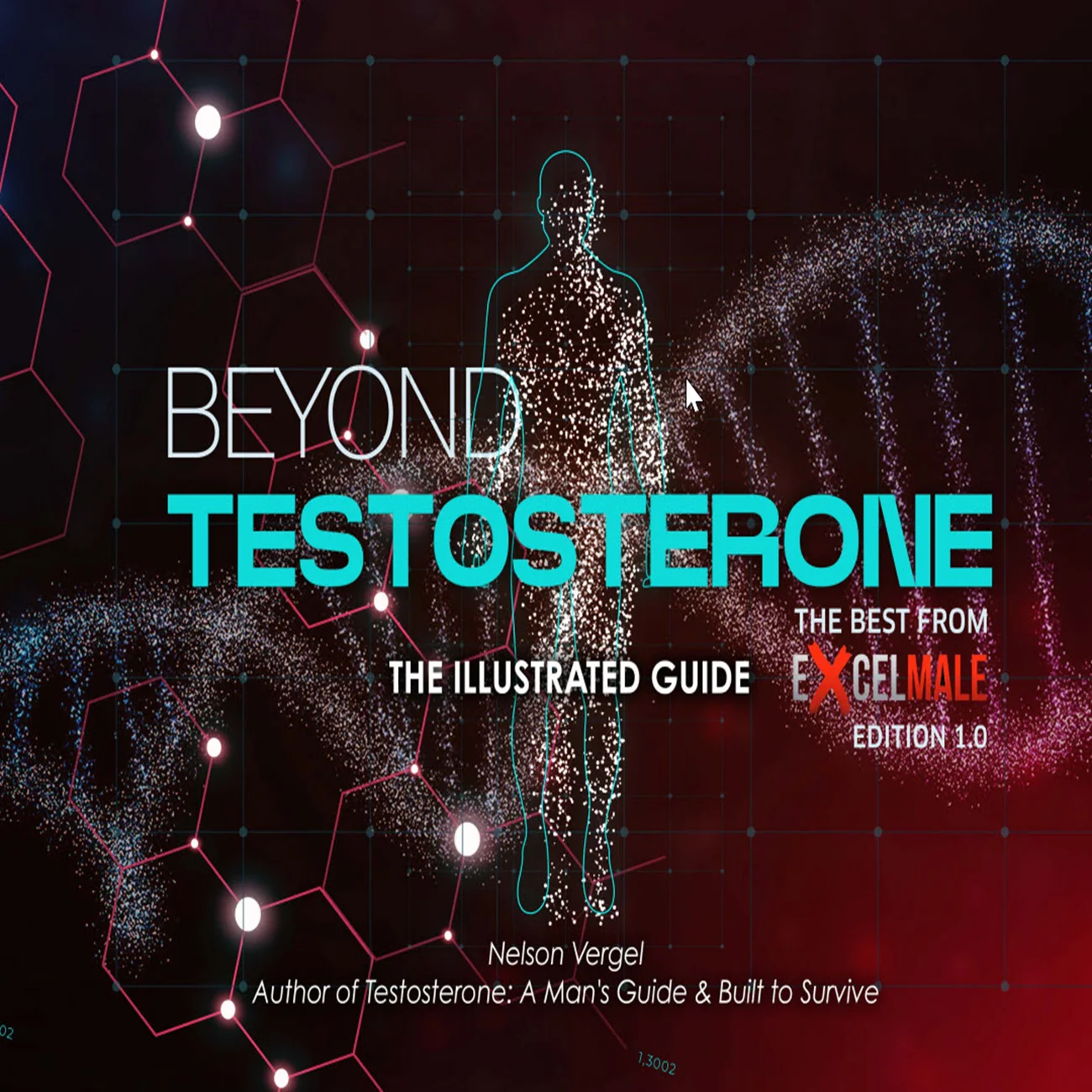Lately I’ve been insinuating that some testosterone suspension products may qualify as fast-acting, and therefore be in the same league as testosterone nasal gels and buccal troches. The “fast-acting” quality is important if the goal is to retain HPTA function in the presence of exogenous testosterone. It was time to put my money where my mouth is in order to see what’s actually happening when I inject testosterone suspension.
The results are promising, but not as definitive as I’d hoped for due to some confounding factors.
Materials and Methods
The product used was Pharmacom testosterone suspension (TS), 100 mg/mL, diluted with bacteriostatic water to a nominal 50 mg/mL. It was believed that existing HPTA activity could result in a nontrivial baseline of endogenous testosterone. In an attempt to reduce that, two 250 mcg doses of ganirelix were procured and injected subcutaneously at 10 hours and 3 hours prior to the subcutaneous injection of a dose of 3 mg—6 units—of the TS. Ganirelix is a GnRH antagonist more commonly used in women. Ganirelix seemed appropriate here because its 13 hour elimination half-life would not lead to prolonged HPTA suppression.
Baseline serum total testosterone was measured by Labcorp ECLIA just prior to the TS injection, along with albumin and SHBG. Serum total testosterone was subsequently measured at 0.5, 1, 2 and 4 hours post-injection.
Results
Baseline SHBG was 40.5 nMol/L. Albumin was 4.1 g/dL. Baseline serum testosterone was 270 ng/dL (!). Changes from baseline testosterone are as follows:

Discussion
The fast post-injection rise in serum testosterone and Tmax of 30 minutes are promising with respect to the premise of fast action, as is the relatively large drop from the one-hour level to the two-hour level. The latter yields a half-life of about 1.7 hours, in line with the manufacturer’s claim of two hours. However, the four-hour blood level is confounding, suggesting a much longer half-life if taken verbatim.
The relatively high baseline testosterone of 270 ng/dL was unexpected. The hope had been to drive it below 50 ng/dL. The reason for the high level is unclear. Two possibilities: the ganirelix was ineffective for some reason; or there was a nontrivial residual from the previous injection of a nominal 1.5 mg TS, which took place about 16 hours prior to the study injection. Either case is problematic with respect to the TS half-life. If the ganirelix was ineffective then endogenous production during the study could interfere with determining the half-life. If there was a significant carryover from the previous injection then the implication is a much longer half-life than expected. There could be a combination of the two factors, or something else entirely.
The area under the curve is troublingly small, possibly 20-fold lower than expected. This is difficult to explain, and the magnitude of the discrepancy makes the obvious explanations seem very unlikely. These include under-dosing of the product, improper dilution, and injection-site leakage. Another explanation with marginal plausibility is that the 31 gauge needle acts as a filter, excluding larger particles and greatly reducing the effective concentration.
Acknowledgements
Thanks to Defy Medical for their willingness to prescribe ganirelix. Thanks to the staff at my local Labcorp location for their cooperation and assistance.
The results are promising, but not as definitive as I’d hoped for due to some confounding factors.
Materials and Methods
The product used was Pharmacom testosterone suspension (TS), 100 mg/mL, diluted with bacteriostatic water to a nominal 50 mg/mL. It was believed that existing HPTA activity could result in a nontrivial baseline of endogenous testosterone. In an attempt to reduce that, two 250 mcg doses of ganirelix were procured and injected subcutaneously at 10 hours and 3 hours prior to the subcutaneous injection of a dose of 3 mg—6 units—of the TS. Ganirelix is a GnRH antagonist more commonly used in women. Ganirelix seemed appropriate here because its 13 hour elimination half-life would not lead to prolonged HPTA suppression.
Baseline serum total testosterone was measured by Labcorp ECLIA just prior to the TS injection, along with albumin and SHBG. Serum total testosterone was subsequently measured at 0.5, 1, 2 and 4 hours post-injection.
Results
Baseline SHBG was 40.5 nMol/L. Albumin was 4.1 g/dL. Baseline serum testosterone was 270 ng/dL (!). Changes from baseline testosterone are as follows:
Discussion
The fast post-injection rise in serum testosterone and Tmax of 30 minutes are promising with respect to the premise of fast action, as is the relatively large drop from the one-hour level to the two-hour level. The latter yields a half-life of about 1.7 hours, in line with the manufacturer’s claim of two hours. However, the four-hour blood level is confounding, suggesting a much longer half-life if taken verbatim.
The relatively high baseline testosterone of 270 ng/dL was unexpected. The hope had been to drive it below 50 ng/dL. The reason for the high level is unclear. Two possibilities: the ganirelix was ineffective for some reason; or there was a nontrivial residual from the previous injection of a nominal 1.5 mg TS, which took place about 16 hours prior to the study injection. Either case is problematic with respect to the TS half-life. If the ganirelix was ineffective then endogenous production during the study could interfere with determining the half-life. If there was a significant carryover from the previous injection then the implication is a much longer half-life than expected. There could be a combination of the two factors, or something else entirely.
The area under the curve is troublingly small, possibly 20-fold lower than expected. This is difficult to explain, and the magnitude of the discrepancy makes the obvious explanations seem very unlikely. These include under-dosing of the product, improper dilution, and injection-site leakage. Another explanation with marginal plausibility is that the 31 gauge needle acts as a filter, excluding larger particles and greatly reducing the effective concentration.
Acknowledgements
Thanks to Defy Medical for their willingness to prescribe ganirelix. Thanks to the staff at my local Labcorp location for their cooperation and assistance.
Last edited:












